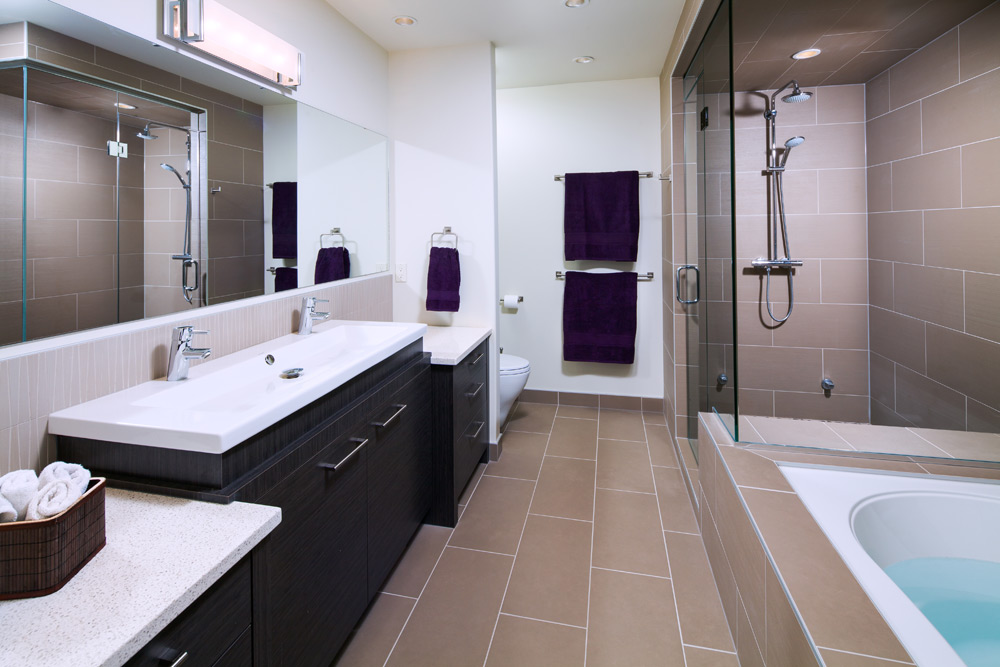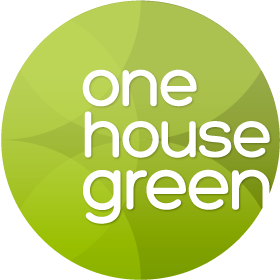Photovoltaic or PV systems are devices used to convert sunlight into electricity. Photovoltaic systems are a safe, reliable, low-maintenance source of solar electricity. They have a life expectancy exceeding 40 years, produce no pollution or emissions, incur few operating costs, and are easy to install on most Canadian homes. With rising energy costs and concerns with respect to the reliability of continuous service delivery, the demand for PV systems is increasing.
PV’s can be used effectively in most homes, alone or in combination with other systems. PV’s are ideal for homes or cottages that are located some distance away from utility power lines. As power line extensions typically cost $5,000 to $10,000 per kilometer, if your house is any distance from the power lines they PV panels can pay for themselves pretty quickly. These “off-grid” applications currently make up the majority of solar-electric installations in Canada. However, as seen recently here in Calgary with the “AESO’s (Alberta Electric System Operator’s) process change consideration to micro-generation”, PV generation systems will now be able to dump excess energy back into the “grid” as opposed to having to store it in expensive, environmentally unfriendly, and dangerous battery back up systems. Consequently PV systems are being increasingly used to provide electricity for homes that are connected to utility power.
The basic building block of a solar-energy generating system is called the solar cell built into a PV module. PV modules are connected together into panels and arrays to meet various energy needs.
Modules used for home power applications usually range between 75 to 120 watts, and measure about 0.6 m x 1.2 m photo (about 2 ft. X 4 ft.). Based on current module efficiencies, one square meter (10.7 ft.2) of solar modules generates about 130 watts in bright sunshine. A 100-watt PV module generates an average of about 400 watt-hours per day or 100 kwh annually in most populated regions of Canada.
Types of PV Systems:
PV systems are categorized into three types: autonomous, hybrid and grid-connected. The type you choose will depend on your needs, location and budget.
Autonomous systems are completely independent of other power sources. They are usually used to power remote homes, cottages or lodges as well as in specific applications such as remote monitoring and water pumping. In most cases, an autonomous system will require batteries for storage. Such systems are particularly useful and cost-effective for summer applications, when access to a site is difficult or costly, or when maintenance needs to be minimized.
Hybrid systems receive a portion of their power from one or more additional sources. In practice, PV modules are often paired with a wind generator or a fuel-fired generator. Such systems usually require batteries for storage. They are most appropriate when energy demand is high (in the winter or year-round), when power must be available on demand, or if your budget is limited.
Grid-Connected systems allow you to reduce your consumption from the electricity grid and, in some instances, to feed the surplus energy back into the grid. In some cases, your utility may give you credit for the energy returned to the grid. Since power is normally stored in the grid itself, batteries are not necessary unless you want some form of autonomous power during outages. These systems are used in buildings, homes or cottages already hooked up to the electrical grid.
Unfortunately grid-connected systems are rarely economical, primarily because the current cost of the PV technology is much higher than the cost of conventional energy in Canada. Since these systems can be expensive, choosing a solar electric power system often comes down to a personal lifestyle decision – just like the type of house or car you might own.


